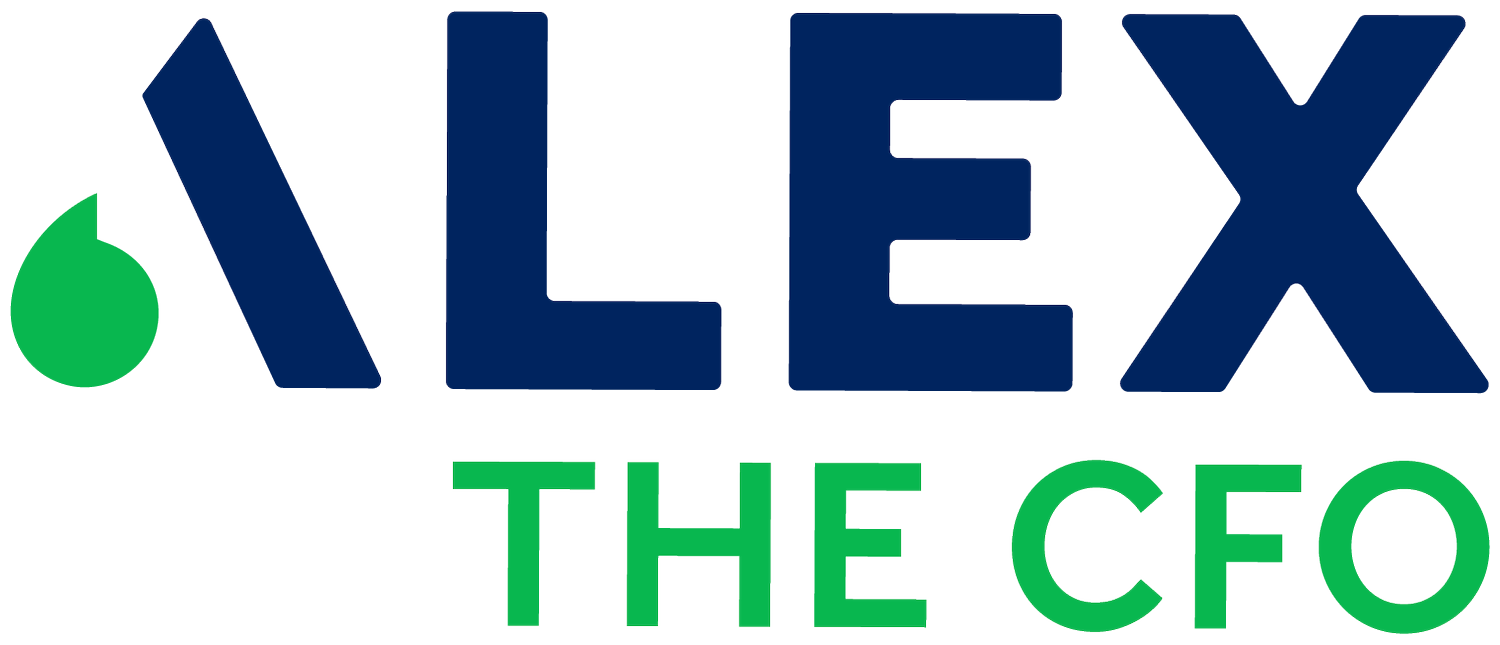The 4 forces of startup scalability
The ultimate recipe for crafting a unicorn business engine
Most entrepreneurs and Venture Capital investors (VCs) chase what they call "Scalability" without really agreeing on what the term means. I will not try to succeed where everyone else has failed. For the purpose of this discussion:
Scalability is when a business grows substantially, in a short period of time, compared to its peers.
I’ve been chasing the equation of scalability through more than 200 business books, many entrepreneurial initiatives, investments in real estate, forex and tech and have been compiling a long list of learnings which I've grouped under 4 forces- the 4 forces of scalability:
1. Network effects that grow revenue exponentially
Every additional user increases the value of the product to others.
This is your typical Facebook-like business. You first joined because all your friends were already there, and your previously-reluctant friend finally joined because you and all your other friends were already there. And so on, until exponential growth materializes.
Network effects grow your revenue line faster and cheaper than anything else, when harnessed properly. You don't have to be building the next Appstore; network effects can also materialize for the non-tech businesses out there.
2. High gross margins that fuel the business engine
This one is mostly intuitive: the cost of selling an additional unit of a product or service should be decreasing as you sell more units.
I have yet to meet a business that accurately measures their cost of sales. Most businesses fail to capture the right cost components that they incur when delivering a product or service. These typically include portions of staff time (mostly salespeople, customer support) and others.
Knowing the TRUE cost of your sales is indispensable to leading your business on that growth path.
3. Low reinvestment rates that make growth capital efficient
This is the opposite of what my grandpa who owned a bean factory back in the 1930s, had to do in order to grow: find MORE cash to invest in ANOTHER factory!
Software businesses typically fall in that category. If your business cannot grow without sizable injections of cash, you may want to go back to the drawing board and think of new business lines that are lighter in capital requirement.
This will help you grow faster- independently from outside sources of capital.
4. Cash conversion cycle that improves as your operation expands
You receive the cash payment in the form of income before you have to pay that cash out in the form of expenses.
This is without a shadow of a doubt, the most intuitive, yet most under-appreciated, under-recorded metric and... the most life-threatening one in my humble experience. The calculation measures how fast a company can convert cash on hand into inventory and accounts payable, through sales and accounts receivable, and then back into cash.
Not knowing this number in a worse case scenario may lead to bankruptcy; while tracking and optimizing it leads to longer cash runways for startups in the burn rate phase.

